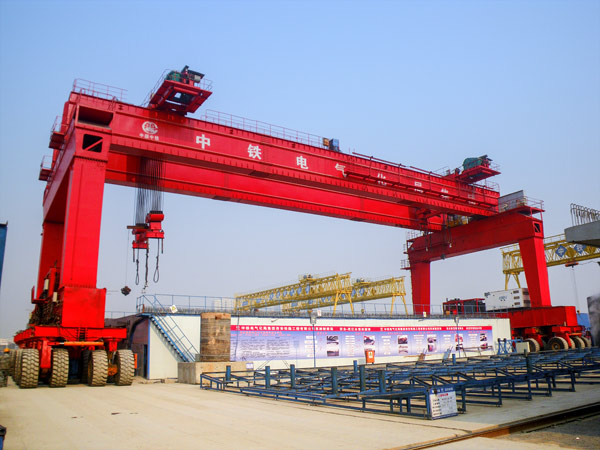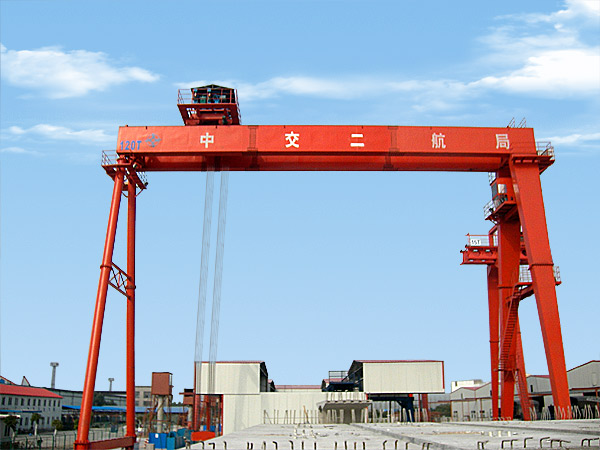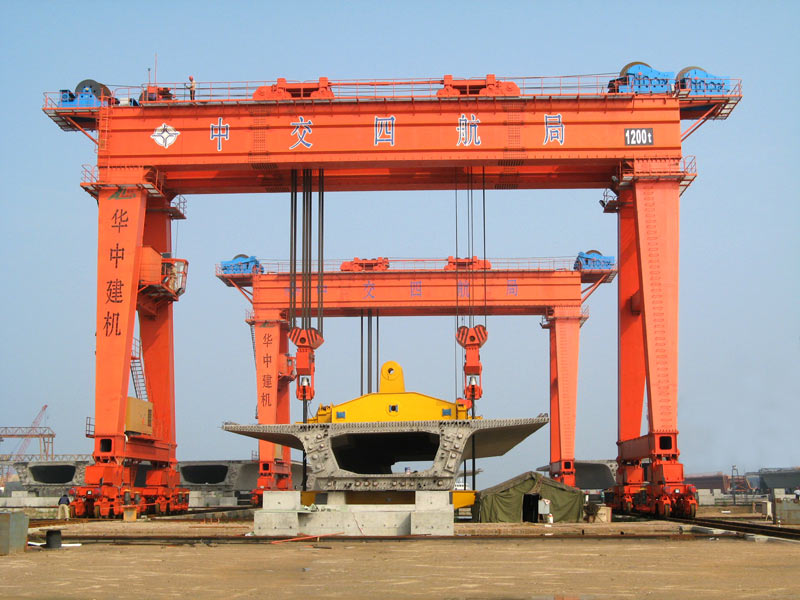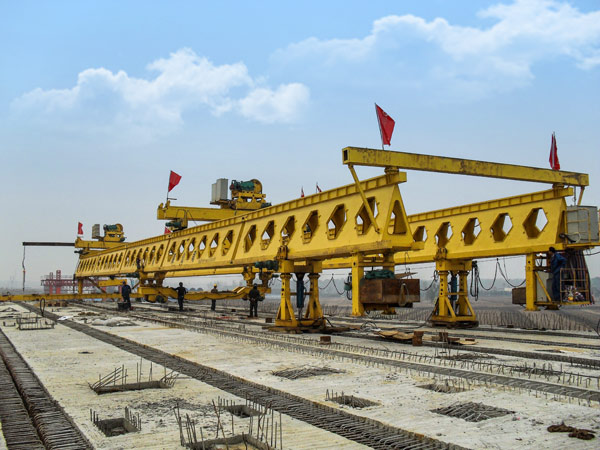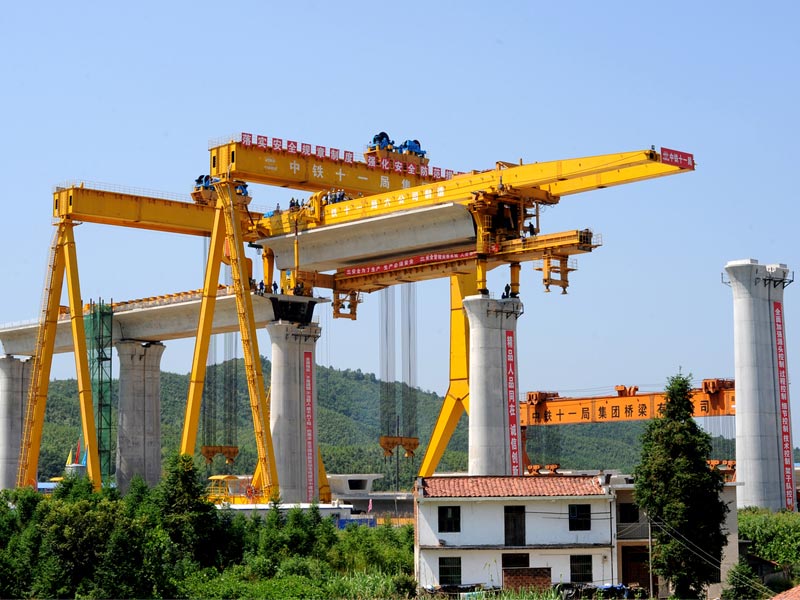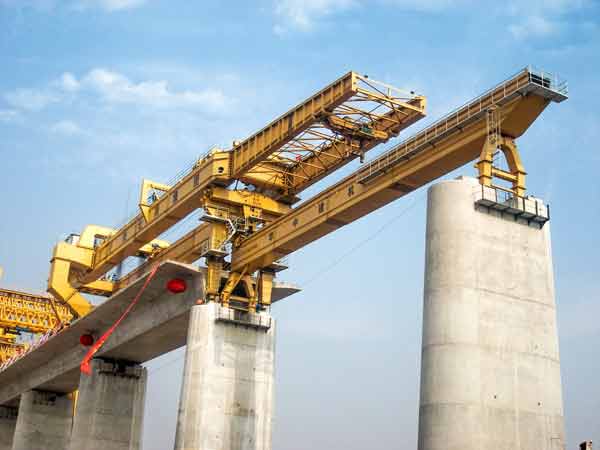How to prevent the occurrence of lifting injuries?
Generally speaking, the lifting injuries include extruded, falls, falling heavy objects, collapsed, broken, overturned, electric shock, impact accidents. Each accident is related to its working environment, which were caused by the human factors, or by the defective equipment, also by the both of them.
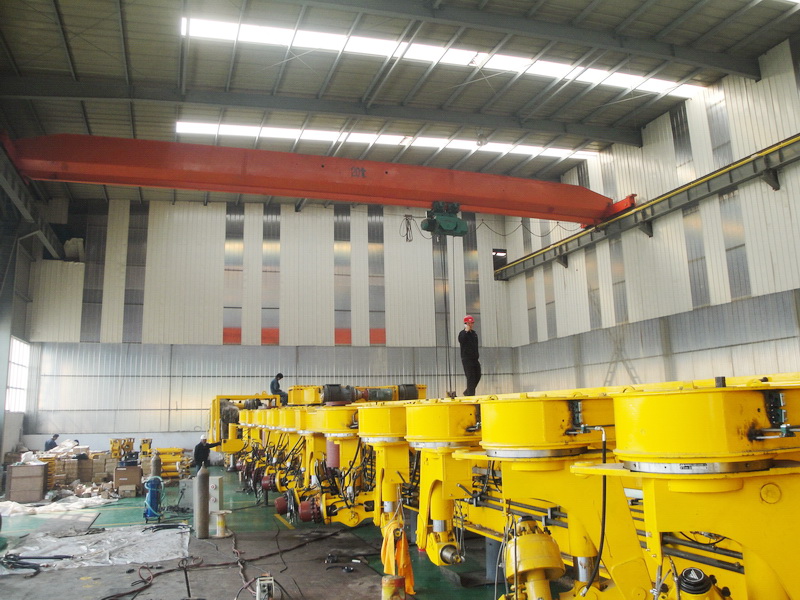
1, The prevention for the extrusion accidents
The crane extrusion accident and how to prevent usually include the following three conditions:
The first case, the squeeze happens between the crane body and the fixed objects or the buildings around. This kind of accident usually occurs between the rotating crane or traveling crane and the fixed objects around. For example: the end beam of the overhead crane extruding the column or the walls of the surrounding buildings; the rear parts of the tower crane or the mobile crane squeezing with the other facilities. Many incidents occur due to the limited space, the victim was in the blind angle of the driver’s vision or lacking of the observation by the drivers. Therefore, the appropriate space between the machine and the surrounding buildings should be placed ahead of time and prohibit passing through while operation.
The second case, the squeeze happens between the spreader, heavy lifted objects and the fixed objects or the building around. In this regard, firstly the reasonable arrangement of the field and stacking heavy objects are necessary. The goods should be stacked in the appropriate clearance, the large components and goods easy to roll and tip over need to be laid in a reasonable position and facilitate to carry. Secondly, the chosen spreader and lifting hook should suit to the hoisted objects, bundling and hanging reasonably to prevent the rotation in the air or falling. Ban dragging the rotating heavy objects with hand directly. The signal commanding officers must be in line with the original lifting program.
The third case, the squeezing accidents happen between the self structural parts of the crane or the lifting machine. For example the squeezing incidents between the crane turntable platform and other components were found by the inspected and maintained personnel. The construction elevator owns more problems in the field of the material lifting machine mainly because of the incompletely guarding device such as no hoisting stopper, no protective handrails and doors. The protective measures include: choosing the proper position to manipulating the hoisting mechanism; the passing channel should be closed and no passing through for the unsealed cage; equipping the protective railings for the entrance channel; pay more attention to avoid head-banging as the maintenance approaching the top limit; falling down the bridge box and counterweight to avoid accident as the pit operation.
2, The prevention for the falling accidents
The controlling, inspection, maintenance operations are usually conducted in the high air. The ladder, handrails and platform are the basic protective devices. In the above-mentioned working areas, the retainer, platform must be installed according to the provisions to prevent the personnel falling down; pay attention to not overloading while the bridge box and cage are traveling; the braking and bearing component be in line with the safety requirements; equipping with the reliable anti-falling device. The electrical equipments must have the safety device and check periodically to prevent accidents.
3, The prevention for the spreader or hanging objects falling
The hanging objects or the spreader falling takes a large number in the hoisting injuries. The occurrence of such accident is mainly due to the improper tie hanging, driver’s bad operation, improper choosing for the spreader and rigging, the lifting and overloading limit device fail to work. Therefore, we must strengthen protective measures: firstly guarantee the effective of the lifting height limit device and avoid the over hoisting accidents, the driver must check the limit device whether it is normal before the operation. Not allowed to start once the failure is found. Secondly, we must check the hook carefully to ensure that there is no tear and wear or cracks deformation. Forbid using the scrapped ones. Thirdly, check the status of the steel rope. Inspect the steel rope carefully from start to finish every shift. Make sure that there is no the phenomena like the wearing, broken, break off, deformation, kinking, bending etc.. Replace them timely if necessary.
4, The prevention for the toppling, breaking or the collapsing
Many rollover accidents happen on the mobile crane and tower crane which travels along the rail. The main causes are overloading, improper supporting and shoring, hoisting the objects on the unsteady foundation or turning with full load and overspeed, Prevention measures are that: drivers should strictly enforce the regulations, and prevent careless operation. For the tower crane, not only preventing the overloading, but also pay attention to the required counterweight, ballast, rail laid and qualified installation.
The fracture collapsing accidents include structural and spare parts breaking such as the boom broken and spindle breakage. These accidents are mainly caused by overloading, structure and parts defects, illegal operation, natural disaster and so on. To prevent rollover and broken accidents because of the damaged mechanical parts, check the main parts and safety devices before every operation. Additional, when the wind speed has exceeded 20m/s in the process of construction, cease the operation immediately. In the process of installation, encounter the wind of 13m/s or the bad weather such as the rainy and snowy day, stop operating.
5, The prevention for the electric shock accidents
The electric shock accidents usually happen on the crane machinery. One kind occur on the repairing and maintenance personnel mainly due to encountering the illegal operation, touching the lines and leakage. The other kind is the staff mistakenly combines the gates when other personnel are conducting the maintenance. Therefore, shut down the power and send the special staff to supervise while maintaining the machine. Meanwhile pay attention to check the grounding resistance and insulation resistance of the crane and ensure they are in good condition. Another one is that the crane is closing to the power line and cause the accident. So train and educate the driver keeping a certain distance with the transmission lines as the crane is traveling and operating.


